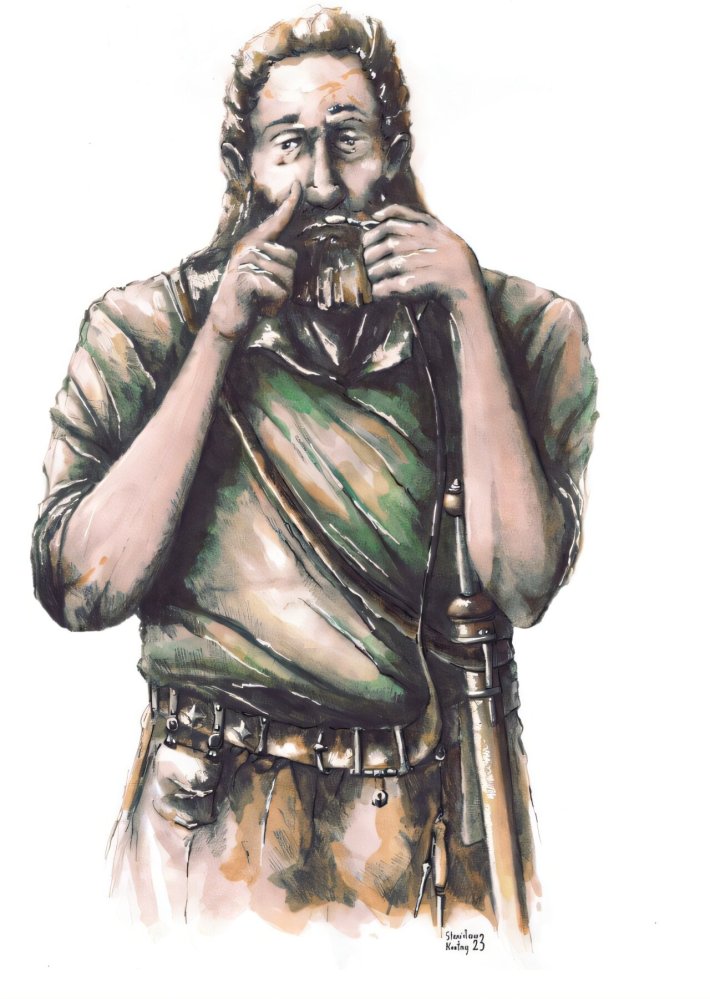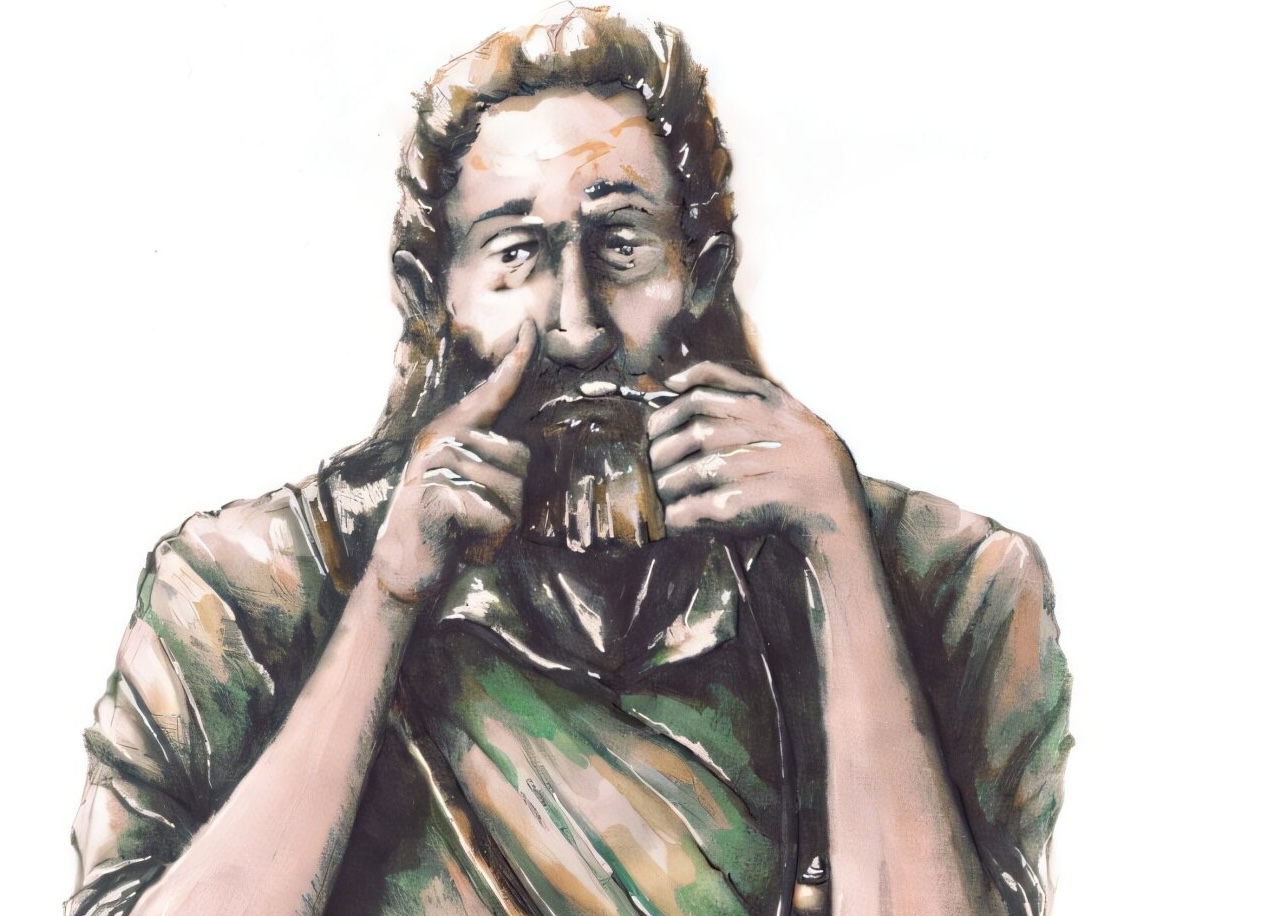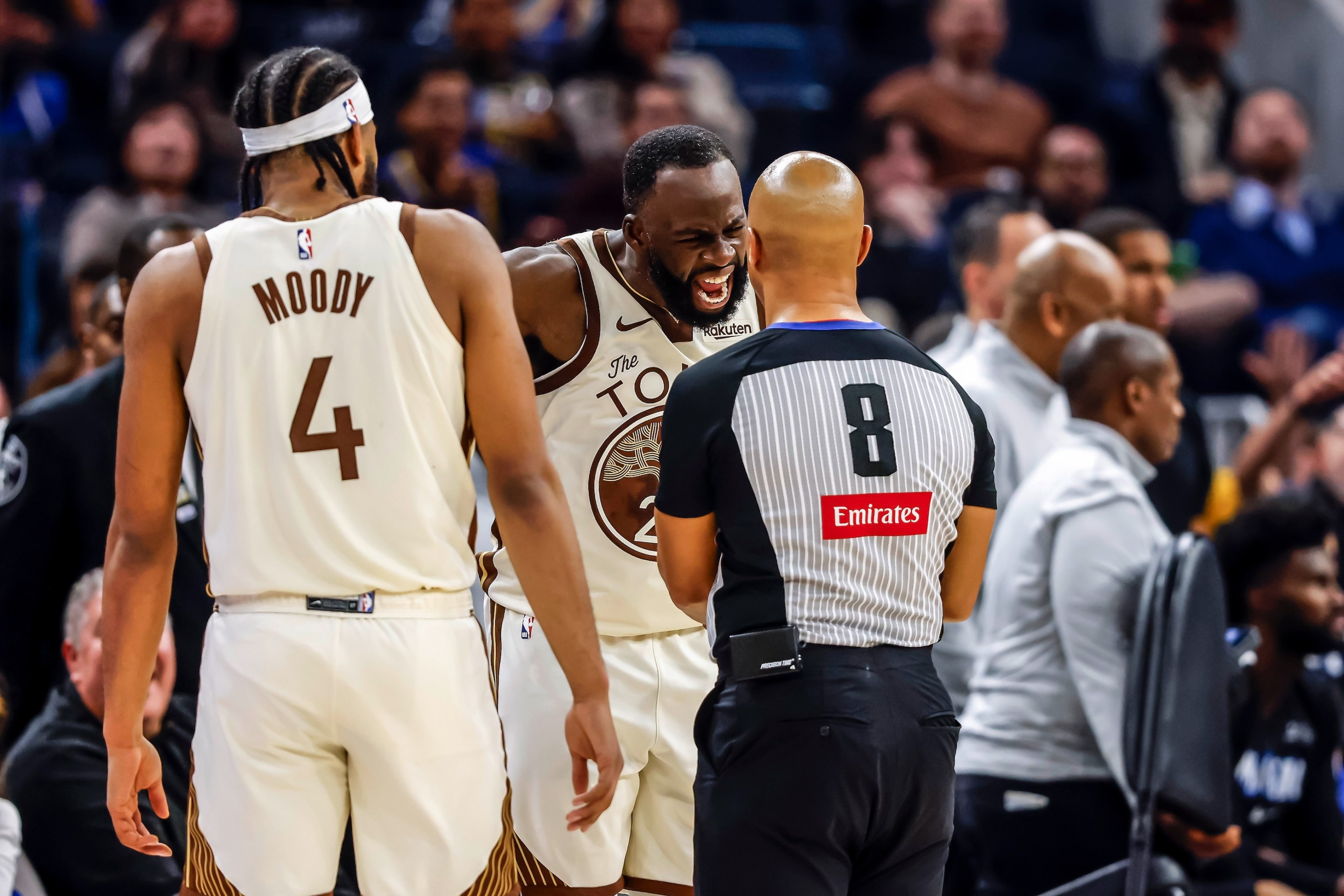There comes a time when you have been out for hours—your bones are tired from so much running around, your eyes are bleary from the smoke, and your ears are ringing from all the noise—and you just need a little pick-me-up. So you reach down to your belt, pull out a tiny silver spoon, and scoop up a tiny mound of powder, and take a snort. Suddenly, you feel extremely ready to go back out there; "out there" meaning the misted marshes of Northern Europe during the Roman Period, and rejoin your buddies, meaning the other Germanic warriors that have gathered today for battle. Sure, you might be brutally dismembered, but at least you're going out on a high.
This was the conclusion of a paper published recently in the German journal Praehistorische Zeitschrift, in which archaeologists analyzed 241 tiny spoons found buried in what is now Germany, Scandinavia, and Poland, along with items of warfare from the Roman Period, and concluded the warriors must have been bumpin' that.
But, you may protest, tiny spoons could be used for any number of purposes! The coke spoon, however, seems too ingenious to be a modern invention. Researchers from Maria Curie-Sklodowska University in Lublin, Poland, identified 241 small objects shaped like spoons at 116 sites, which included graves and weapons deposits—areas associated with battles and war sacrifices. The spoons ranged from 1.5 to 2.7 inches long, either ending in a cupped bowl or a flat disk. They were discovered attached to the ends of belts that seem like the barbarian answer to cargo pants: a place to attach or hang commonly used tools like bags, utensils, knives. The spoons appeared to have no purpose on the belt—except, perhaps, for the convenience of a wee snort.
Why would a warrior be chopping up lines just before chopping off some dude's arm, as opposed to in the bathroom of a rave? Great question. Google AI Overview informed me that "The Romans lacked the technology to produce electronic music, a key element of a rave." (However, the Romans did famously have beef with Goths.)
But there is a long history of stuffing soldiers with narcotics to loosen them up before the act of attempting to murder as many people as possible. A Red Army soldier reportedly received 100 grams of alcohol a day, to warm up in the field, lose their sense of hunger, and become oblivious to the dispiriting situation of risking one's live for a badly commanded army, the researchers note in the paper.
Of course, it's possible that the barbarians were doing bumps not just in the context of warfare, but also as medicine and in rituals. But those hypotheses are not as fun, and therefore are not discussed in this blog.
What, exactly, were these barbarians huffing? It was certainly not cocaine, which is derived from the leaves of the South American coca plant. The ancient Greeks were known to eat and drink opium, but scholars assumed that was reserved to Mediterranean civilizations, not the barbarians roaming the land outside their borders. But this assumption unfairly dismisses barbarians as narcotic ignoramuses, the researchers argue. They cite a fifth-century BCE tomb from the Caucasus that contained a lump of opium, a grave distant from the world of the Germanic barbarians but one they could have feasibly encountered given their history of contact, the researchers speculate.
Europe had plenty of narcotics of its own, including but not limited to: the opium poppy, cannabis, hops, various nightshades including belladona, henbane, mandragora, the fungal spores of Claviceps purpurea, and hallucinogens such as the liberty cap or fly agaric. In the paper, the researchers speculate how likely it was that the barbarians knew about such substances, and what the effects of huffing 'em might have been.
The opium poppy seems a strong candidate, as it was used since at least 5300 BCE and has the ability to relieve pain, but it was not the only option. The dark, shiny berries of belladonna were famously used to poison others, but the leaves and roots of the plant contain tropane alkaloids that could accelerate your heart rate, dilate your pupils, and inhibit sweat, mucus, and gastric juice secretion—ensuring you would look dry and amazing in front of your enemies. Claviceps fungal spores led to hallucinations and might have boosted the emotions of warriors. It is unclear how cannabis might have assisted in a battle.
The researchers suggest the small sizes of these spoons would have helped the warriors take an appropriate dose of their narcotics. High doses of some of the aforementioned substances can be lethal, which is probably the last outcome you want if you're looking to win a battle. It would be embarrassing if you were so scared of killing some other barbarians that you ended up killing yourself, a barbarian, in the process! At least you'd never have to live it down.
But, you may still be protesting, I'm having trouble visualizing what it might have looked like for a barbarian warrior to do a little key, using the spoon formerly attached to his war belt. No problem. Here you go!








